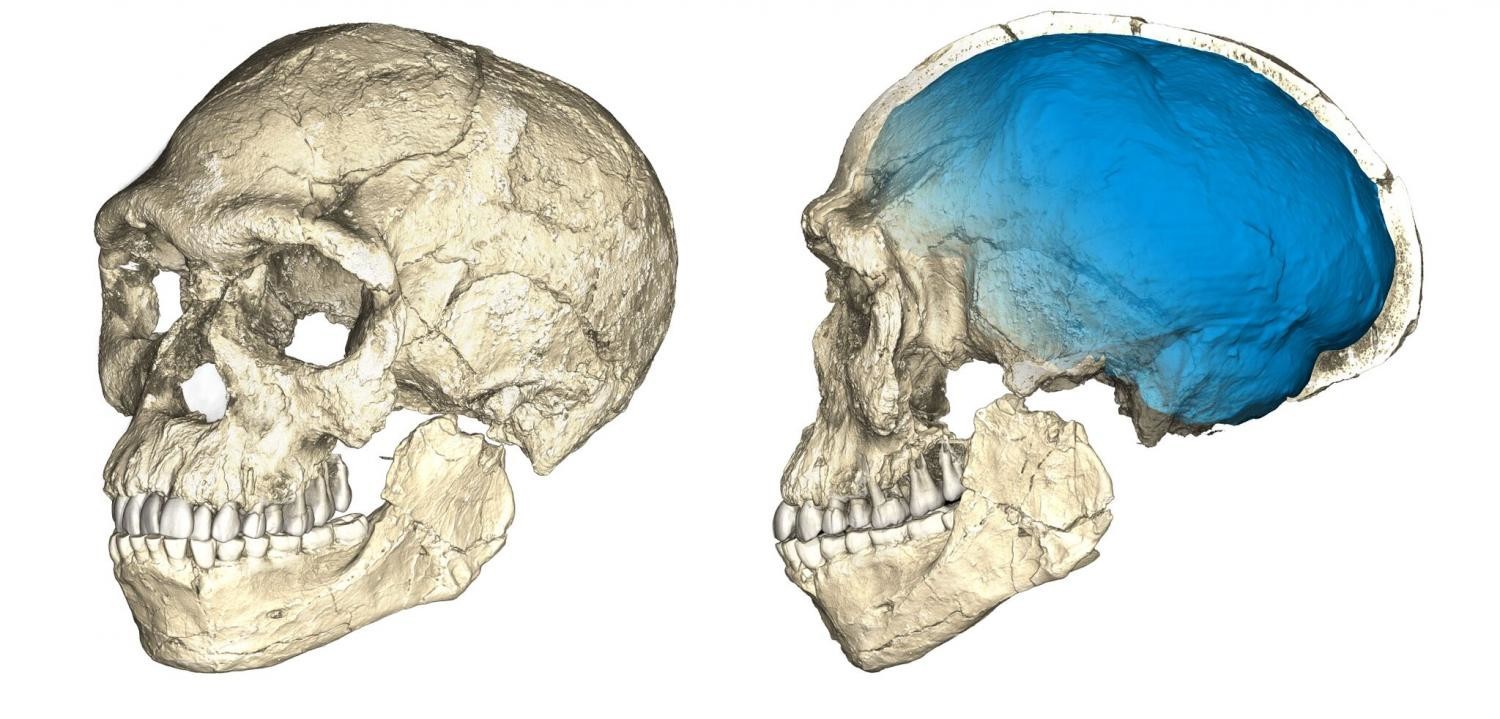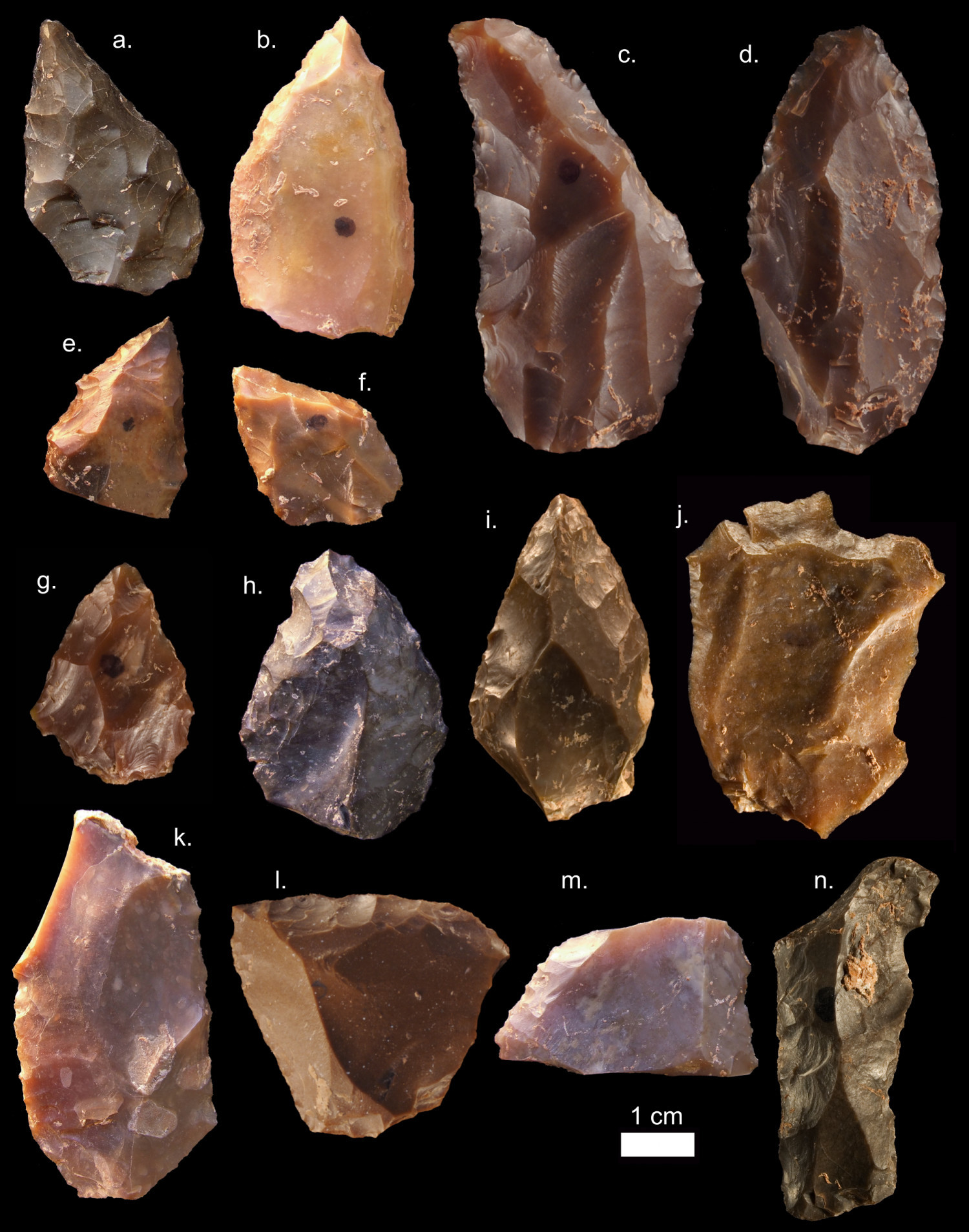This week in science is a review of the most interesting scientific news of the past week.

Oldest Homo sapiens fossils discovered at Jebel Irhoud, Morocco

Credit: Mohammed Kamal, MPI EVA Leipzig.
An international research team has discovered fossil bones of Homo sapiens alongside stone tools and animal bones dating to about 300 thousand years ago. The discovery is especially impressive because previously the oldest Homo sapiens fossils dated to about 195 thousand years ago and were found at Omo Kibish, Ethiopia.
Among the fossil remains found in Jebel Irhoud there are skulls, teeth, and long bones of at least five individuals. Also, the researchers have used the thermoluminescence dating method on heated flints found along with the bones to provide the precise chronology. Those flints and stone tools belong to the Middle Stone Age.
According to one of the leading scientists of the research team, Jean-Jacques Hublin from the Max Planck Institute for Evolutionary Anthropology:
"We used to think that there was a cradle of mankind 200 thousand years ago in east Africa, but our new data reveal [sic] that Homo sapiens spread across the entire African continent around 300 thousand years ago. Long before the out-of-Africa dispersal of Homo sapiens, there was dispersal within Africa."
The video below shows the composite reconstruction of the Homo sapiens fossils from Jebel Irhoud, based on micro computed tomographic scans of multiple original fossils, provided by Philipp Gunz, from MPI EVA Leipzig.
The findings were published in the following papers in the June 8 issue of the scientific journal Nature:
- Jean-Jacques Hublin et al, New fossils from Jebel Irhoud, Morocco and the pan-African origin of Homo sapiens, Nature (2017).
- Daniel Richter et al, The age of the hominin fossils from Jebel Irhoud, Morocco, and the origins of the Middle Stone Age, Nature (2017).
Source: Phys.org

NASA has selected 12 new astronauts
NASA revealed last Wednesday the 2017 Astronaut Class, which includes doctors, scientists, engineers, pilots and military officers. The Agency had the biggest pool of applicants ever, with more than 18,300 people applying for the job a year and a half ago. For comparison, the previous record was back in 1978, when 8,000 people applied for it.
The current class can be seen in the picture above and is composed of, from left to right, Zena Cardman, Jasmin Moghbeli, Jonny Kim, Frank Rubio, Matthew Dominick, Warren Hoburg, Robb Kulin, Kayla Barron, Bob Hines, Raji Chari, Loral O' Hara, and Jessica Watkins. They have worked in submarines, emergency rooms, university lecture halls, jet cockpits and battleships during their trainings, and are aged 29 to 42. Here is a brief curriculum of each one of the new astronauts:
- Navy Lt. Kayla Barron of Richland, Washington, a submarine-warfare officer and nuclear engineer who was among the first class of women commissioned into the submarine service and now works at the U.S. Naval Academy.
- Zena Cardman of Williamsburg, Virginia, a graduate research fellow at the National Science Foundation with a specialty in microorganisms in subsurface environments such as caves.
- Air Force Lt. Col. Raja Chari of Cedar Falls, Iowa, director of the F-35 Integrated Test Force at Edwards Air Force Base in California.
- Navy Lt. Cmdr. Matthew Dominick of Wheat Ridge, Colorado, department head for Strike Fighter Squadron 115.
- Bob Hines of Harrisburg, Pennsylvania, a NASA research pilot at Johnson Space Center.
- Warren "Woody" Hoburg of Pittsburgh, Pennsylvania, assistant professor of aeronautics and astronautics at the Massachusetts Institute of Technology.
- Dr. Jonny Kim of Los Angeles, a Navy lieutenant who trained as a SEAL and is completing his residency in emergency medicine at Massachusetts General Hospital in Boston.
- Robb Kulin of Anchorage, Alaska, who leads the launch chief engineering group for SpaceX at Hawthorne, California.
- Marine Maj. Jasmin Moghbeli of Baldwin, New York, who tests H-1 helicopters and serves as a quality assurance and avionics officer for Marine Operational Test Evaluation Squadron 1 in Yuma, Arizona.
- Loral O'Hara of Sugar Land, Texas, a research engineer at the Woods Hole Oceanographic Institution in Massachusetts.
- Dr. Francisco "Frank" Rubio of Miami, an Army major who is serving as a surgeon in Fort Carson, Colorado.
- Jessica Watkins of Lafayette, Colorado, a postdoctoral fellow at California Institute of Technology in Pasadena, California.
NASA already accounted for 44 astronauts, jumping now to 56. Even though US astronauts have not launched from their country since 2011, soon NASA, SpaceX, and Boeing will launch new spacecrafts and capsules capable of carrying astronauts to the space station and beyond.
Source: Phys.org
As already reported here at Neowin, an AI machine created by Zhunxingyunxue Technology from Tsinghua University, scored 105 out of 150 in an university math entrance exam last week. AI-MATHS, as it is known, has scored low because it struggled with language and some concepts, according to its creators. It is interesting to compare such results with the recent achievement of Google's AlphaGo, which defeated all of its opponents, including Ke Jie, the current world number one Go player, during the "Future of Go Summit" in China.
Also, the Research Alliance, headed by IBM, has managed to squeeze 30 billion transistors into a fingernail-sized chip. This breakthrough was achieved by the development of 5nm transistors and the goal is to implement the technology in a wide range of devices, from smartphones to the Internet of Things (IoT).








_small.jpg)










1 Comment - Add comment